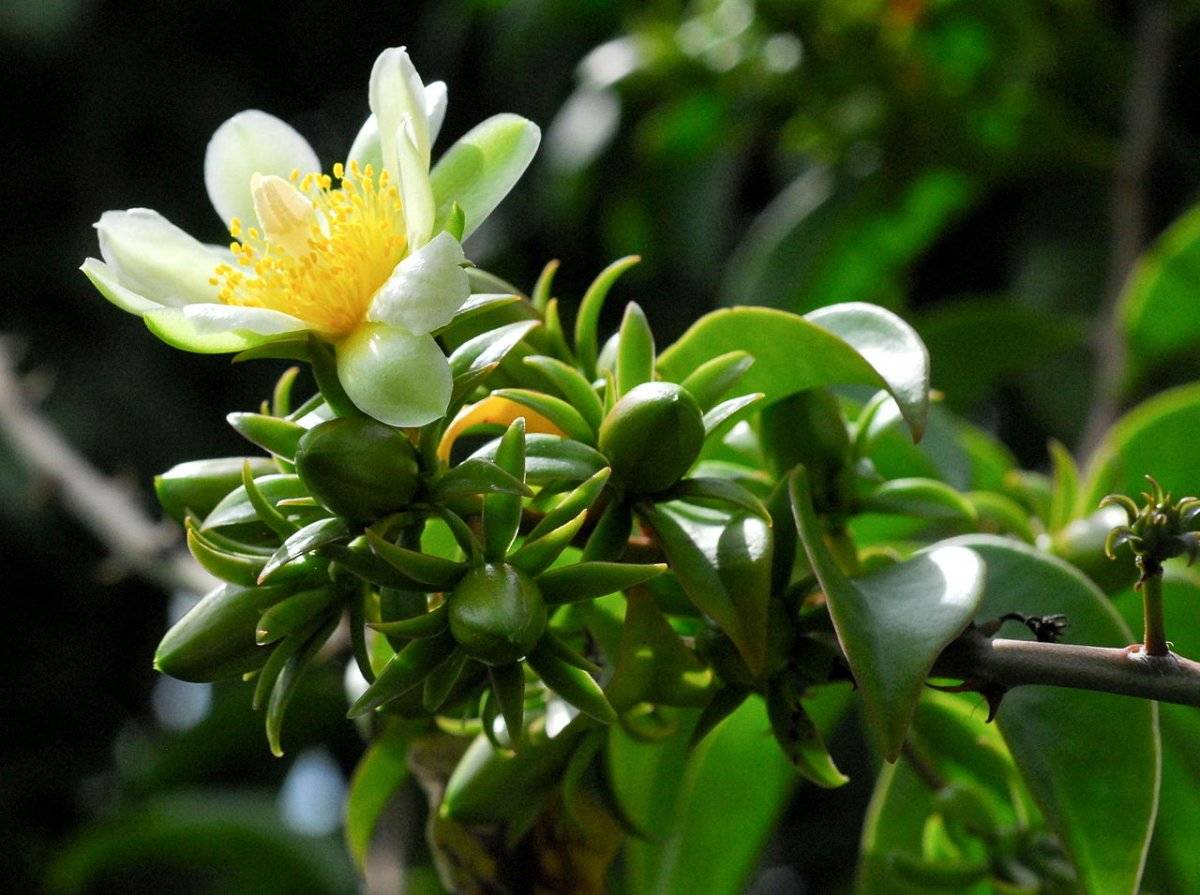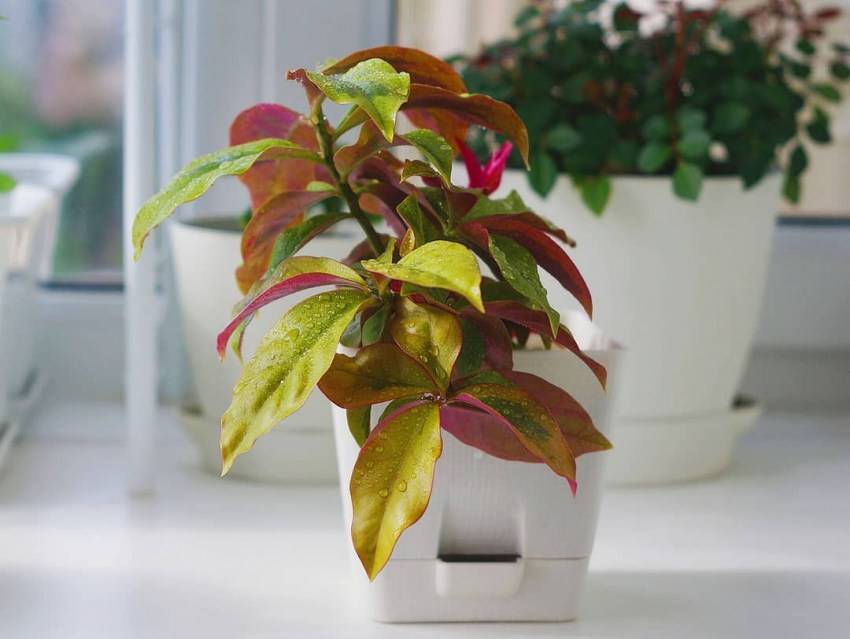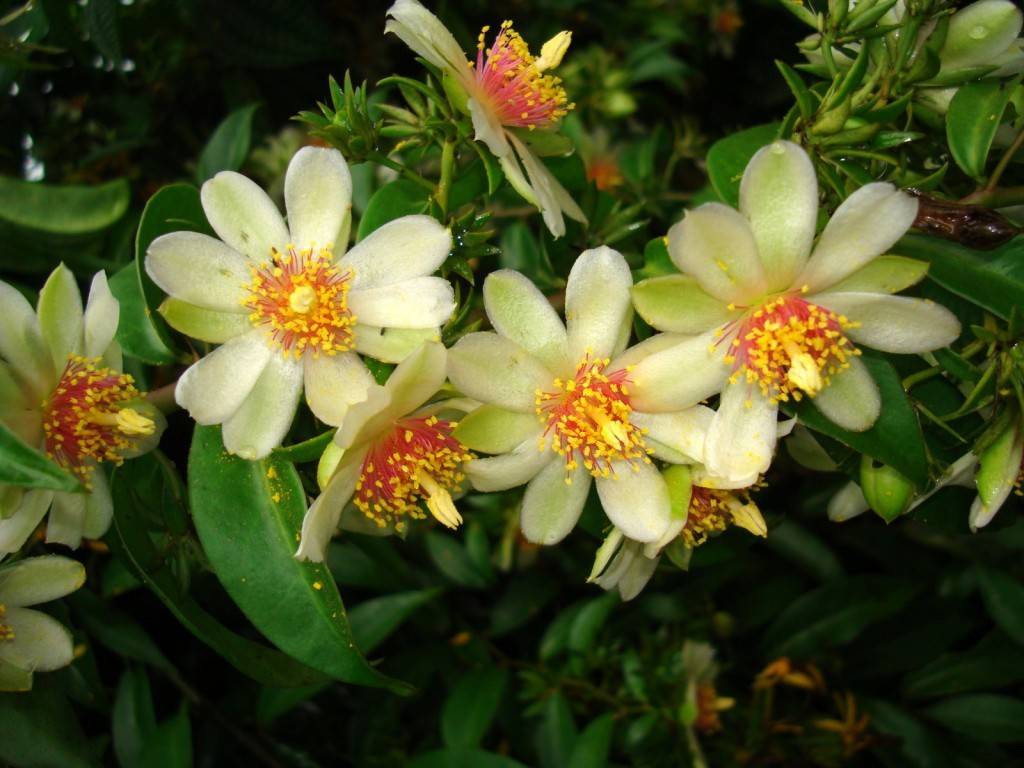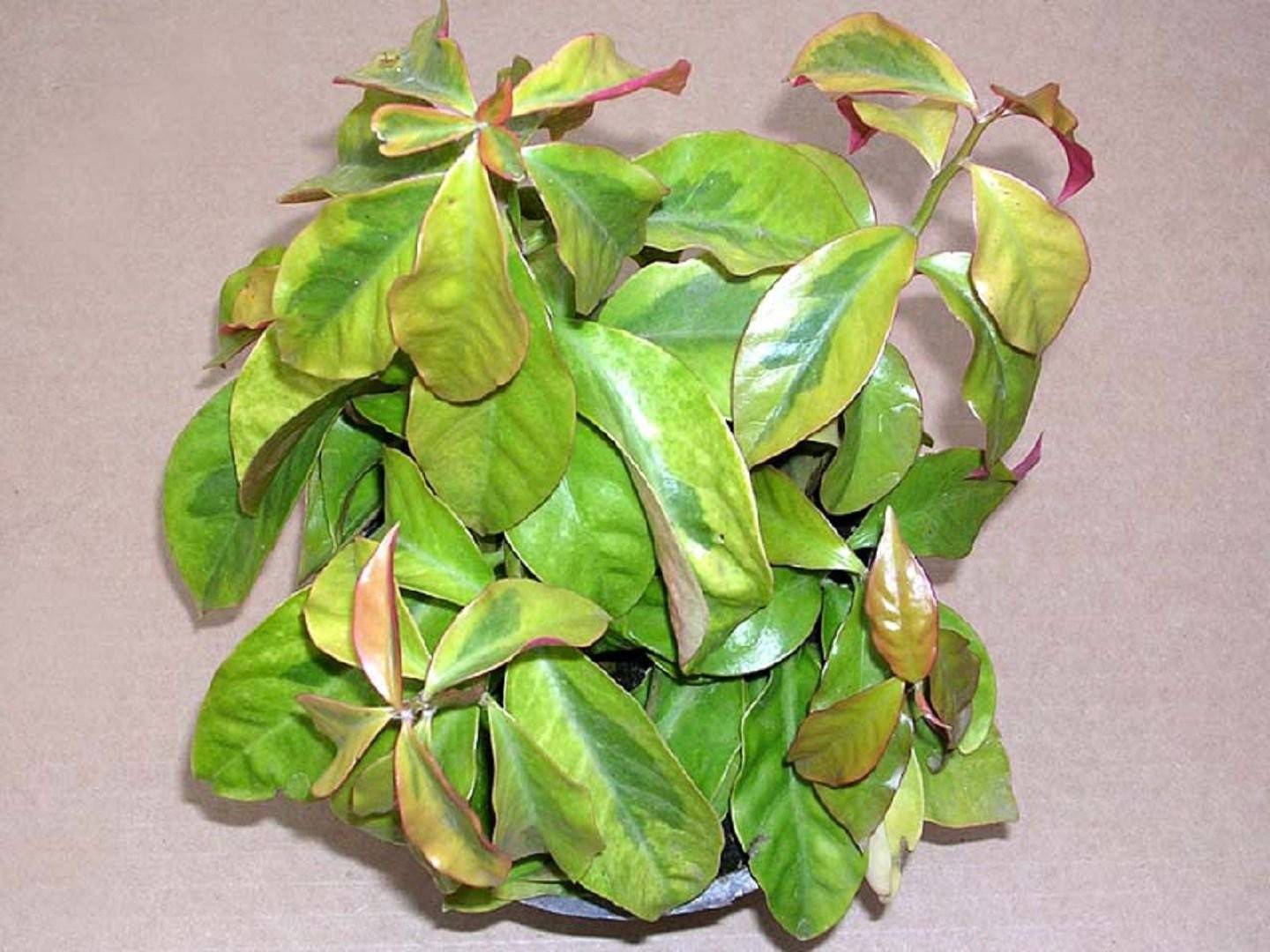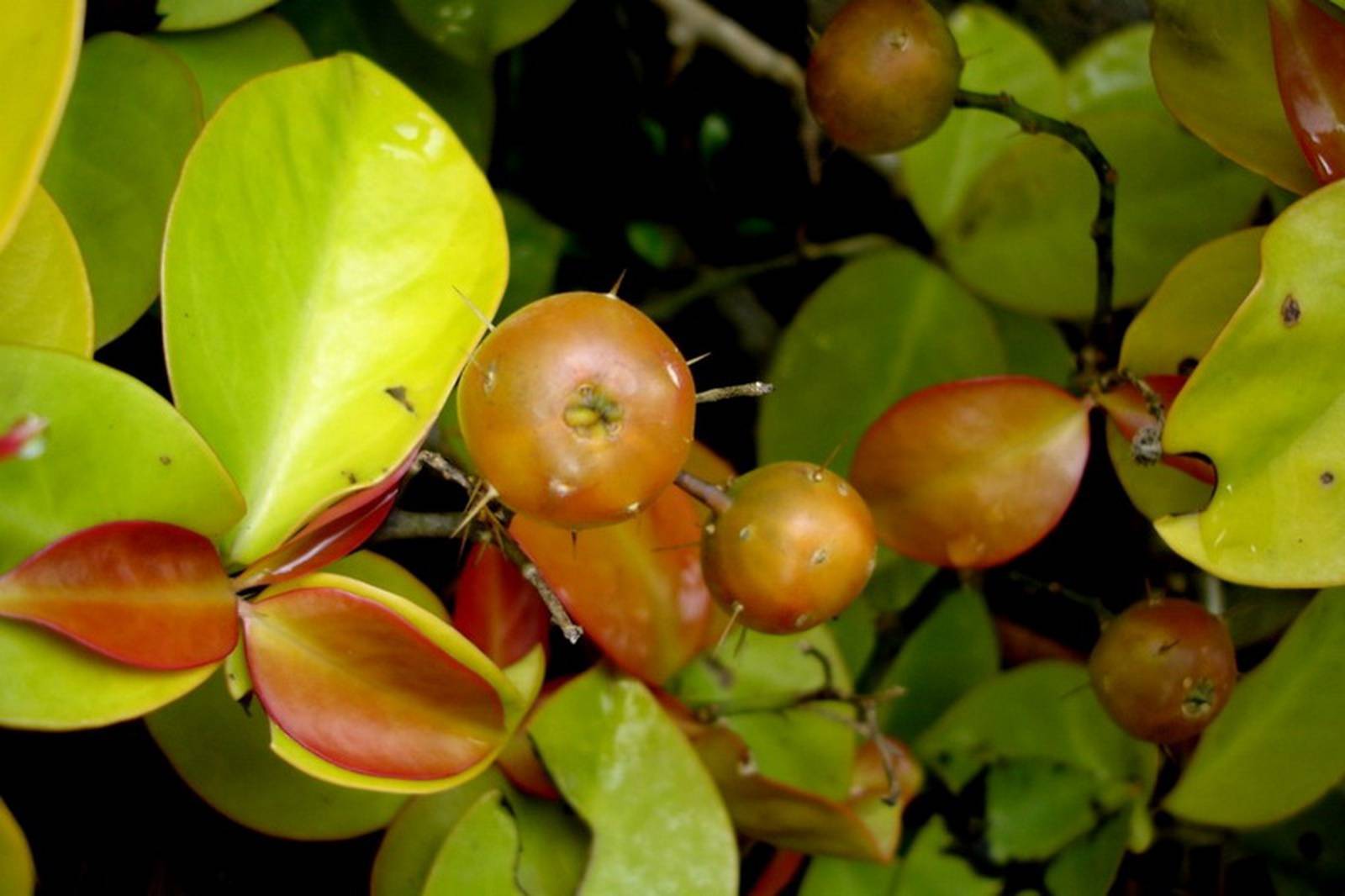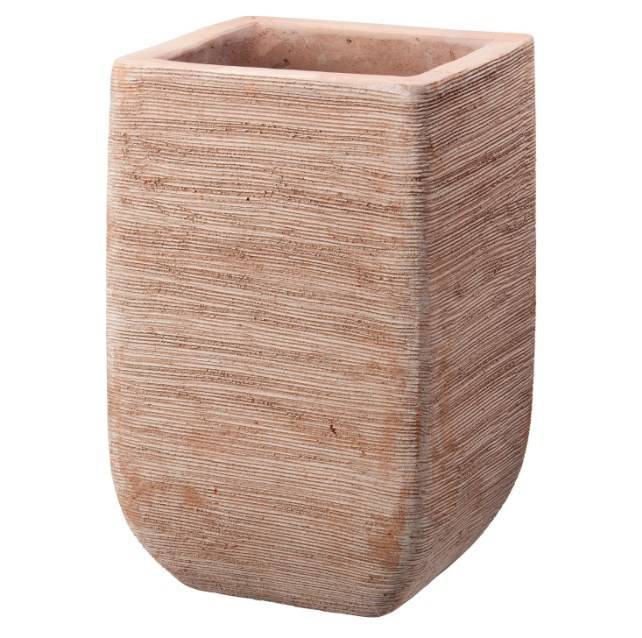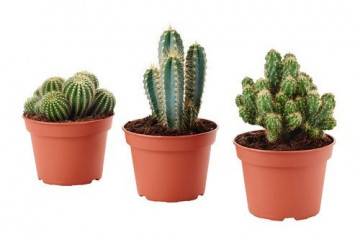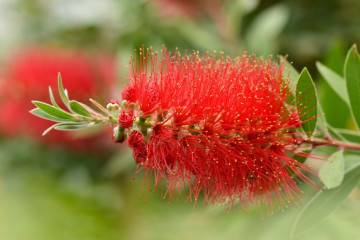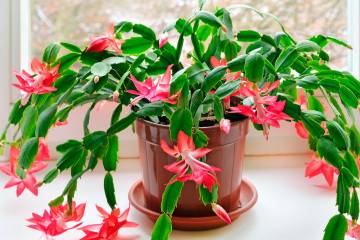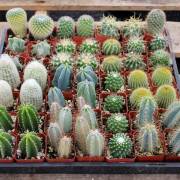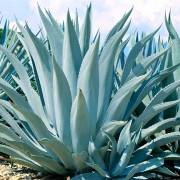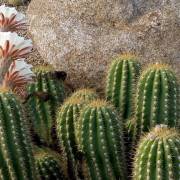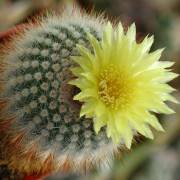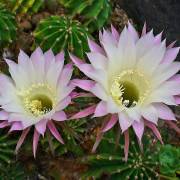Pereskia prickly: examples of plant care at home
Content:
The peresky flower has more than 24 varieties. Peres cacti can look like trees or bushes, depending on the variety. Among them there are those that are visually very similar to vines. A home grown crop has the appearance of an elegant and compact bush. It is simple to take care of an ornamental plant, the main thing is to regularly fulfill the agrotechnical minimum.
Varieties of pereski
The perescia leaf cactus is one of the most ancient succulents. Its characteristic feature is the presence of leaf plates, in contrast to the vast majority of other cacti, on which many thorns grow.
The plant got this name from the name of the French scientist N.K. de Peyreska. The decorative culture has many other names around the world, such as the leafy cactus or the rose cactus.
Pereskia prickly
The Pereskia deciduous cactus is an evergreen and perennial plant. Although the plant belongs to the cactus family, visually it has nothing to do with them. Pereskia is a branched shrub with an erect stem. Over time, the stem becomes lignified, the bark has a pronounced brown-red tint. The root system of the perescia is very developed and powerful.
In nature, culture is capable of reaching 10 meters in height. Every year, the growth of green mass averages 20 cm. Not only leaves, but also long thorns grow on the branches.
The shape of the leaf plates is ovoid or oval, their length ranges from 3-5 cm.The edge is even, and the tip is slightly pointed. The glossy surface reduces the rate of evaporation of moisture.
The pereskia prickly cactus has another fairly common name - pereskii Akuleata.
Peresky Godseff (Godseffiana)
A characteristic feature of the plant is the presence of a thin stem. Its surface is covered with a large number of long black spines gathered in groups. The leaves of Godsef are oval in shape and have pointed edges. The length of the leaves is about 6 cm. The plates have a light green color, in the middle the color is more saturated. The reverse side of the leaf plate can be colored purple or pink.
Experienced growers know how Godseff pereskia blooms. She has small buds of cream or white color with a rich, but pleasant citrus aroma. The cactus blooms in early summer.
Caring for peresia prickly at home
Caring for this plant has no specific requirements. Like other succulents, these plants are robust and easy to grow.
The plant is thermophilic, therefore, in apartment conditions, it is better to put the pot on the windowsill on the south side. During the summer heat, it is recommended to remove the culture from the windowsill so that burns do not appear on the stems. The prevention of the development of diseases will serve as regular ventilation of the premises.
The most favorable temperature regime for culture in summer is +24 degrees. In extreme heat, in order to avoid overheating of the plant, the room must be ventilated. With the arrival of autumn, the temperature for the cactus must be reduced to +16 degrees. Such a decrease is necessary in order for the flower to go into a dormant state.
During the growing season, it is necessary to fertilize the plant. Difficulties in this should not arise. Now on sale there are ready-made liquid mineral complexes designed specifically for cacti. It should be borne in mind that these plants do not like nitrogen-containing and organic compounds, their use can provoke the appearance of rot on the stem.
Landing and transplanting also does not cause any particular difficulties. Due to the powerful and developed root system, it is necessary to use a deep container in which a thick drainage layer must be made.
The soil should contain clay-sod and leafy soil, sand and humus. The soil mixture should be not only fertile, but also loose. You can transplant a plant no more than once every 2-3 years. It is advisable to transplant only when the rhizome becomes cramped in the pot.
Pruning is also recommended before the start of the growing season. This is necessary for the correct formation of the crown.
The frequency of watering in summer depends on the condition of the topsoil. If the surface begins to dry out, then it's time to water the plant. It is important that moisture does not stagnate at the rhizome, otherwise the development of fungal diseases cannot be avoided. A moist environment provokes root rot, and also serves as a favorable environment for the development of pathogenic microflora.
With the onset of autumn and winter, the amount of watering is noticeably reduced. This is due to the slowdown in the life of the culture during this period.
Cacti tolerate moisture deficiency painlessly. But it will be useful to irrigate the culture regularly with warm water so that the leaves are clean and shiny.
Pereskia flowering
Under favorable climatic and weather conditions, you can see how the cactus blooms in spring and summer. Unlike other succulents, its flower does not have a tubular shape. Each inflorescence consists of 8 wide-open lanceolate petals. The core is lush, has a yellow color, and consists of stamens.
Pereskia prickly is one of the famous varieties of succulents, a characteristic feature of which is unpretentiousness in care and cultivation. You can buy a plant or seeds at any specialty store.
